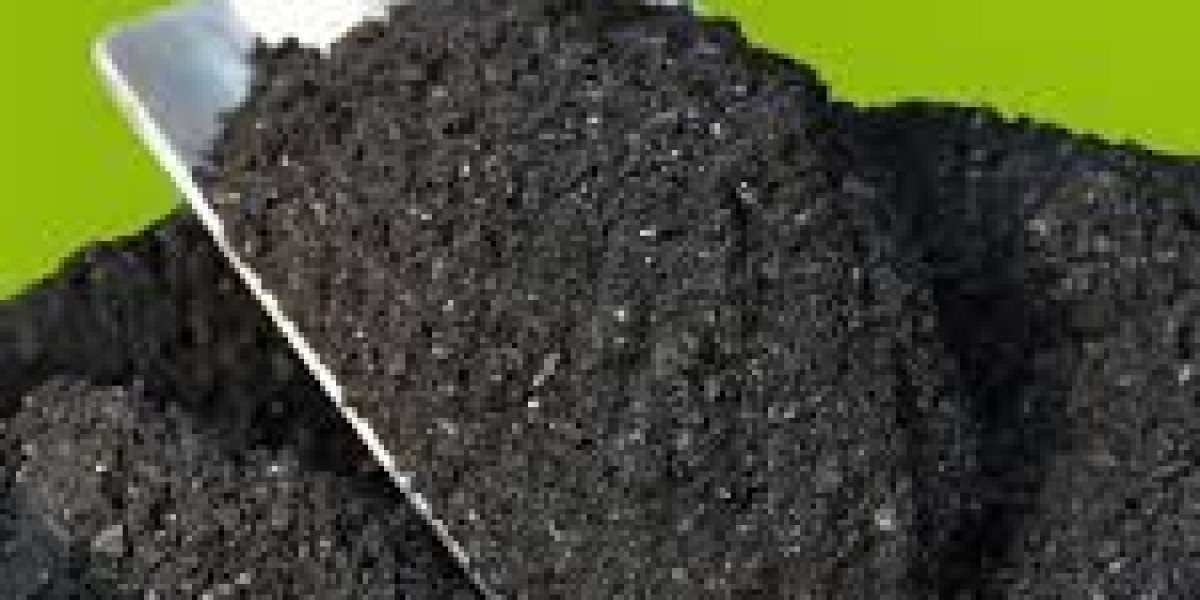Maintaining the integrity of your roof is crucial for protecting your home from the elements and ensuring its longevity. Roof repairs are an essential aspect of home maintenance, addressing issues that, if left unattended, can lead to significant structural damage and costly repairs. In this detailed guide, we will cover everything you need to know about roof repairs, from identifying common problems to implementing effective solutions.
Identifying Common Roof Problems
Leaks and Water Damage
One of the most prevalent issues homeowners face is roof leaks. Water infiltration can cause extensive damage to the interior of your home, leading to mold growth, rotting wood, and damaged insulation. Leaks often originate from damaged shingles, flashing, or improperly sealed roof valleys.
Damaged or Missing Shingles
Shingles protect your roof from the elements, and damaged or missing shingles can compromise this protection. Common causes of shingle damage include severe weather conditions, aging, and physical impact. Regular inspections can help you identify and replace damaged shingles before they lead to more significant problems.
Flashing Failures
Flashing is a thin material installed to direct water away from critical areas of the roof, such as chimneys, vents, and valleys. Over time, flashing can corrode, crack, or become loose, leading to water penetration. Ensuring that flashing is in good condition is vital for preventing leaks.
Gutter Issues
Clogged or damaged gutters can cause water to overflow and seep into the roof structure. Regular cleaning and maintenance of gutters are essential for preventing water damage and ensuring proper drainage.
Sagging Roof Deck
A sagging roof deck indicates structural issues that can compromise the integrity of your roof. This problem can result from prolonged water damage, excessive weight from snow or ice, or inadequate support. Addressing the root cause of a sagging roof deck is crucial for maintaining the stability of your home.
Effective Roof Repair Solutions
Routine Inspections and Maintenance
Regular roof inspections are the first line of defense against potential issues. We recommend inspecting your roof at least twice a year, in the spring and fall, and after any major storms. During these inspections, look for signs of damage, such as cracked or missing shingles, rusted flashing, and clogged gutters.
Repairing Leaks
To effectively repair a roof leak, start by locating the source. This may involve inspecting the attic for signs of water infiltration or examining the exterior of the roof for damaged areas. Once the source is identified, replace any damaged shingles, seal cracks, and reinforce flashing. For extensive leaks, consider hiring a professional roofer to ensure the repair is thorough.
Shingle Replacement
Replacing damaged or missing shingles is a straightforward process. Begin by carefully lifting the surrounding shingles and removing any nails holding the damaged shingle in place. Slide the new shingle into position and secure it with roofing nails. Ensure that the new shingle is properly aligned and sealed to prevent future leaks.
Flashing Repairs
To repair flashing, remove any damaged sections and clean the area thoroughly. Apply a layer of roofing cement to the area and press the new flashing into place. Secure the flashing with roofing nails and seal the edges with additional roofing cement to prevent water infiltration.
Gutter Maintenance
Regularly clean your gutters to remove debris and ensure proper water flow. Inspect the gutters for signs of damage, such as cracks or loose brackets, and make necessary repairs. Installing gutter guards can help prevent clogs and reduce the frequency of maintenance.
Addressing Structural Issues
If your roof deck is sagging, it's essential to address the underlying structural issues. This may involve reinforcing the roof supports, replacing damaged decking, or improving attic ventilation to prevent moisture buildup. Due to the complexity of structural repairs, it's advisable to consult a professional contractor.
Preventive Measures for Long-Lasting Roof Health
Proper Attic Ventilation
Adequate attic ventilation is crucial for maintaining the health of your roof. Proper airflow prevents moisture buildup, reduces the risk of ice dams in winter, and helps regulate indoor temperatures. Ensure that your attic has sufficient vents and that they are not obstructed.
Insulation Upgrades
Upgrading your attic insulation can help prevent heat loss, reduce energy costs, and protect your roof from moisture damage. High-quality insulation materials, such as fiberglass or spray foam, provide better thermal resistance and moisture control.
Tree Maintenance
Overhanging tree branches can damage your roof by scraping against shingles and depositing debris in gutters. Regularly trim back branches to prevent physical damage and reduce the risk of falling limbs during storms.
Weatherproofing Measures
Investing in weatherproofing measures, such as waterproof underlayment and ice and water shields, can enhance your roof's resilience against harsh weather conditions. These materials provide an extra layer of protection, preventing water infiltration and reducing the risk of damage.
When to Call a Professional Roofer
While many roof repairs can be handled by a skilled homeowner, some situations require the expertise of a professional roofer. Consider hiring a professional if:
The damage is extensive or widespread.
You are unable to locate the source of a leak.
The roof deck shows signs of significant sagging or structural issues.
You are uncomfortable working at heights or lack the necessary tools and experience.
Professional roofers have the knowledge, tools, and experience to perform complex repairs safely and effectively, ensuring the longevity and integrity of your roof.
Conclusion
Maintaining and repairing your roof is essential for protecting your home and ensuring its longevity. By identifying common roof problems, implementing effective repair solutions, and taking preventive measures, you can keep your roof in optimal condition. Regular inspections and timely repairs will save you money in the long run and provide peace of mind knowing that your home is well-protected.



